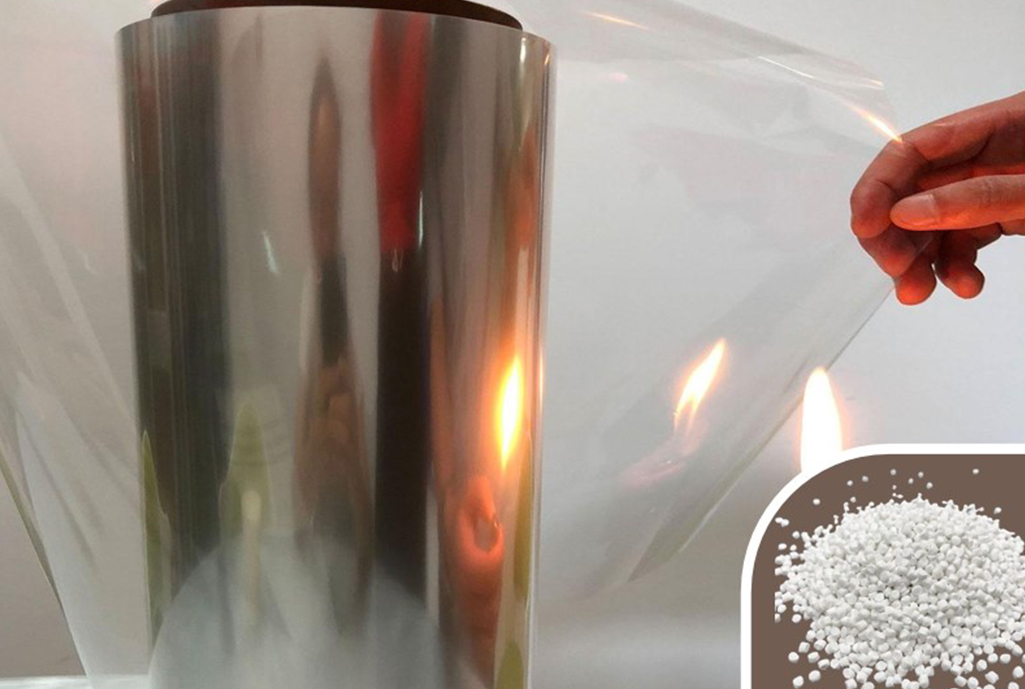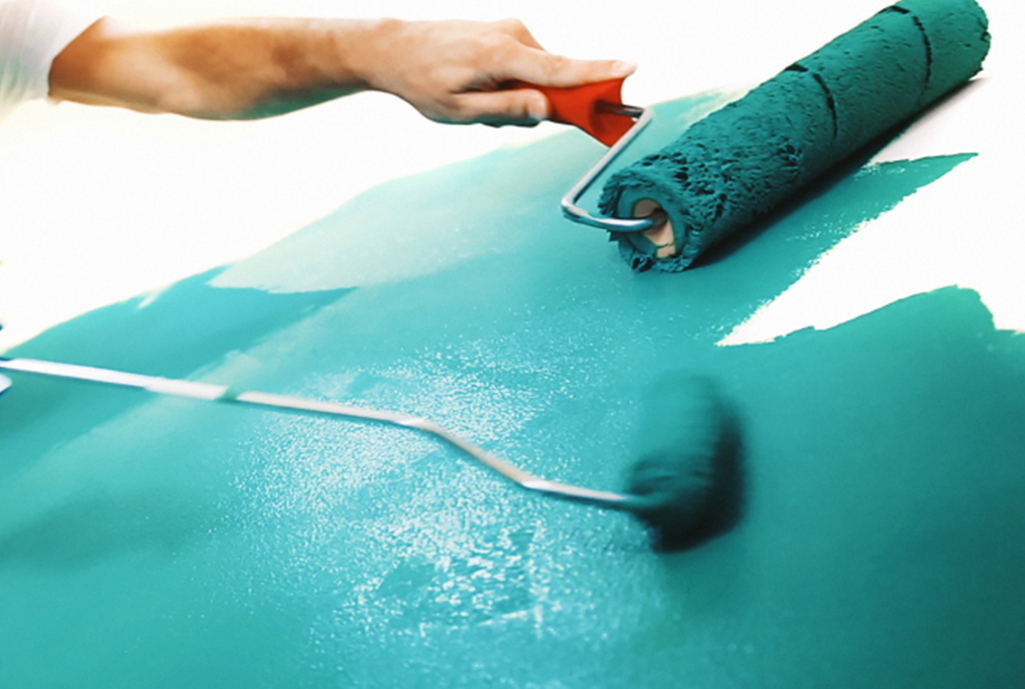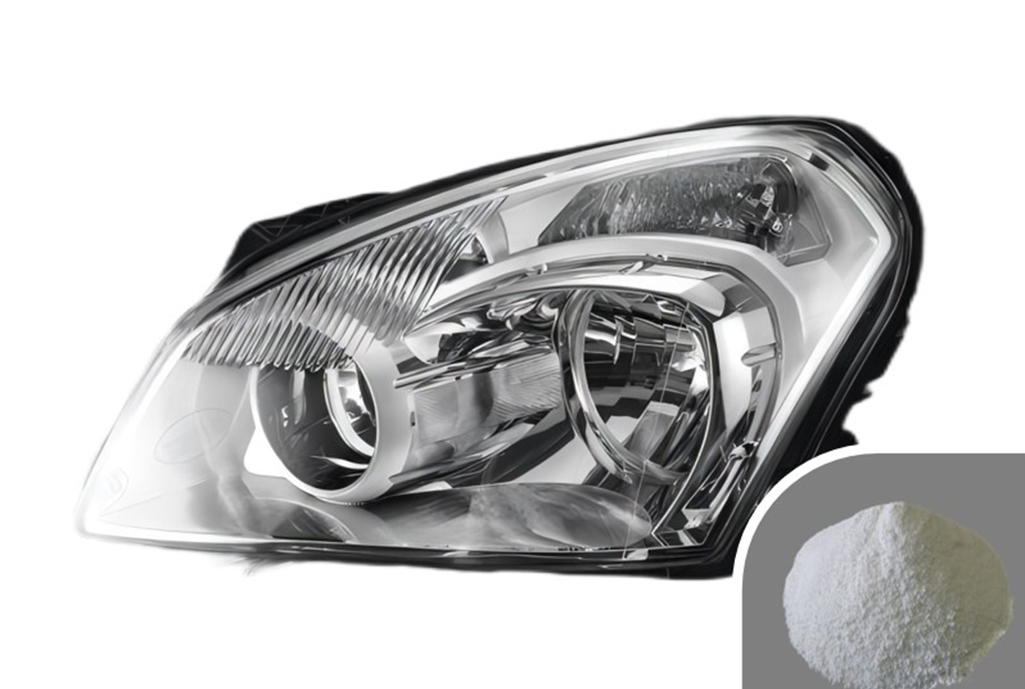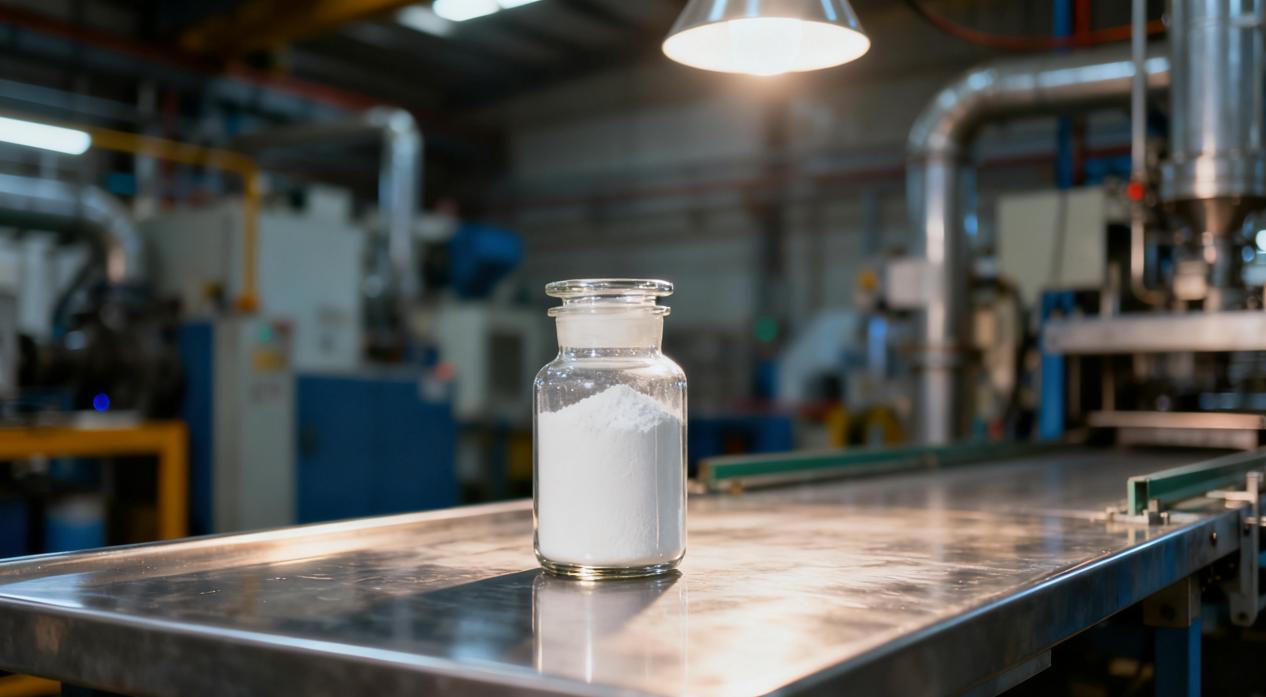Enhancing Performance with Functional Additives for Polypropylene (PP)
2025-08-26
Polypropylene (PP) is a versatile thermoplastic polymer widely used across various industries, including automotive, packaging, and textiles. However, its baseline properties often need to be modified to meet the specific demands of a particular application. This is where functional additives for PP come into play. Unlike stabilizers that protect the polymer from degradation, functional additives impart new characteristics and improve existing ones, expanding PP’s range of applications and increasing its value.
What are Functional Additives?
Functional additives are substances incorporated into the polymer during the manufacturing process. They are typically blended in through masterbatches or compounds, or even directly dosed. These additives are crucial for tailoring the final product’s properties, influencing everything from mechanical strength and thermal resistance to visual appearance and electrical conductivity.
Key Types of Functional Additives and Their Impact
There is a wide array of functional additives, each with a specialized role. Here are some of the most important types and their effects on PP:
- Nucleating and Clarifying Agents: These additives promote a finer crystalline structure in the PP during molding. This results in significantly improved mechanical properties, such as flexural modulus and heat distortion temperature, and also enhances clarity and brilliance in transparent products. The addition of these agents can also shorten molding cycles, leading to greater production efficiency.
- Flame Retardants: Used to prevent ignition or the spread of flames, flame retardants are crucial for PP applications where fire safety is a concern, such as in electronics or construction. They work by interfering with the combustion process.
- Antistatic Agents: These additives prevent the buildup of static electric charges on the surface of PP materials. This is particularly important for applications like electronic and industrial packaging, where static discharge can damage components or attract dust.
- Rheology Modifiers: These agents enable a controlled degradation of PP during processing, which can significantly increase the melt flow rate. This allows for the tailoring of melt flows to suit the needs of specific processes and applications, such as the production of nonwoven fabrics.
- Fillers and Reinforcements: Materials like calcium carbonate, talc, mica, and glass fibers are added to PP to enhance its mechanical performance. They can significantly increase stiffness, tensile strength, and heat resistance, making the polymer suitable for more demanding applications, such as automotive parts.
- Optical Brighteners and Colorants: While colorants provide the desired aesthetic, optical brighteners absorb ultraviolet light and re-emit it as visible light, effectively masking any yellowish tint and creating brilliant white or more vibrant colored products.
Market Trends and Applications
The global market for functional additives for PP is experiencing significant growth, driven by the increasing demand for lightweight, durable, and high-performance materials in industries like automotive, packaging, and construction. For example, in the automotive sector, PP with functional additives is used to produce lightweight components that improve fuel efficiency and help meet emission regulations. The packaging industry also relies on these additives to enhance the strength, durability, and aesthetic appeal of PP containers and films.
The versatility and cost-effectiveness of PP, combined with the ability to modify its properties through functional additives, ensure its continued relevance and growth across a broad spectrum of applications.





















